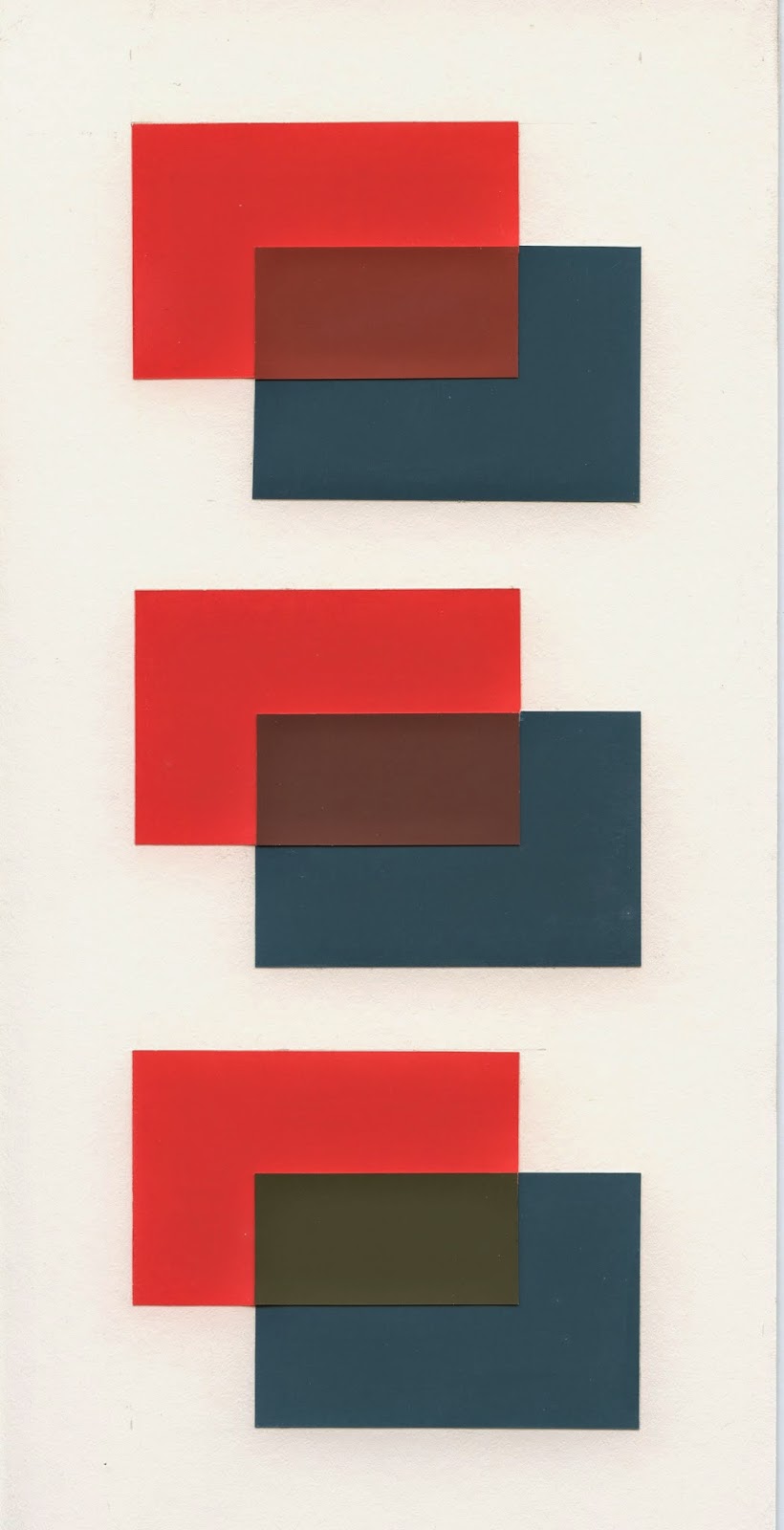Stephen Wilder
Assignment 2 - Exploring Occult Balance
February 10, 2015
SVSU ART 111-01 - Hanson
This project explored occult balance through a large number of formative exercises, culminating in the creation of two finished designs. Each design needed to have multiple design elements, have good asymmetrical balance, one area of color or texture, and be completely different from the other design.
My first design (with orange shape) utilized numerous approaches, including attitude, Gestalt continuity, and grouping. For this design, I took a cut paper mockup, and modified it using computer software, as described below (Optional Exercise 11). The final design was completed using cut magazine paper, and measures 4"x4" on a 6"x6" illustration board. With this design, I was able to explore harsh, angular shapes, along with some overlapping and skewing. This design would not have come to fruition without either the analog or digital processes that went into it.
The second design (with blue circle) was all analog. I had a hard time coming up with interesting shapes in my formative exercises, so for this one, I reverted to the shape mining that was heavily utilized in the first assignment. All of the shapes in this one come from shape mining (and actually, the same car), and are much more organic and non-standard than the shapes I was using in my earlier exercises. To make this design drastically different, it is more organic, less linear, and has more negative space and less foreground. This design explores Gestalt continuity to a further extent, and I also explored the concept of grouping by having two intersecting lines, but made from different shapes. This way, the eye can distinguish between the two. I also carried one of the "loops" off the page. The figure/ground reversal was accomplished by using a dominant form in the lower left, and then, to prevent the "landscape" effect, this form was copied into the upper right corner as well. To make the design more interesting, I also used a non-square piece of illustration board. This served another purpose as well, cutting down on wasted scrap from this and previous projects - a win-win!
In all, this was an interesting project, and the concepts behind it will be useful tools for future projects in this and other classes. I might actually be enjoying cut paper as a medium as well...
----------------------------------------------
Formative Exercises:
Connections/Attitude
Grouping/Gestalt
Fracture/Figure-Ground Reversal
Hierarchy/Rhythm
Combinations
Occult Balance
This is the progression of the optional Exercise 11 for one of the compositions from the previous exercise. First, shapes were offset and skewed in Photoshop. Next, lines were added to break up the grid, circles added, and an orange field drawn in Illustrator. Rotations, crops, and rearrangements followed in the remaining digital transformations. The final was completed in cut paper.













































